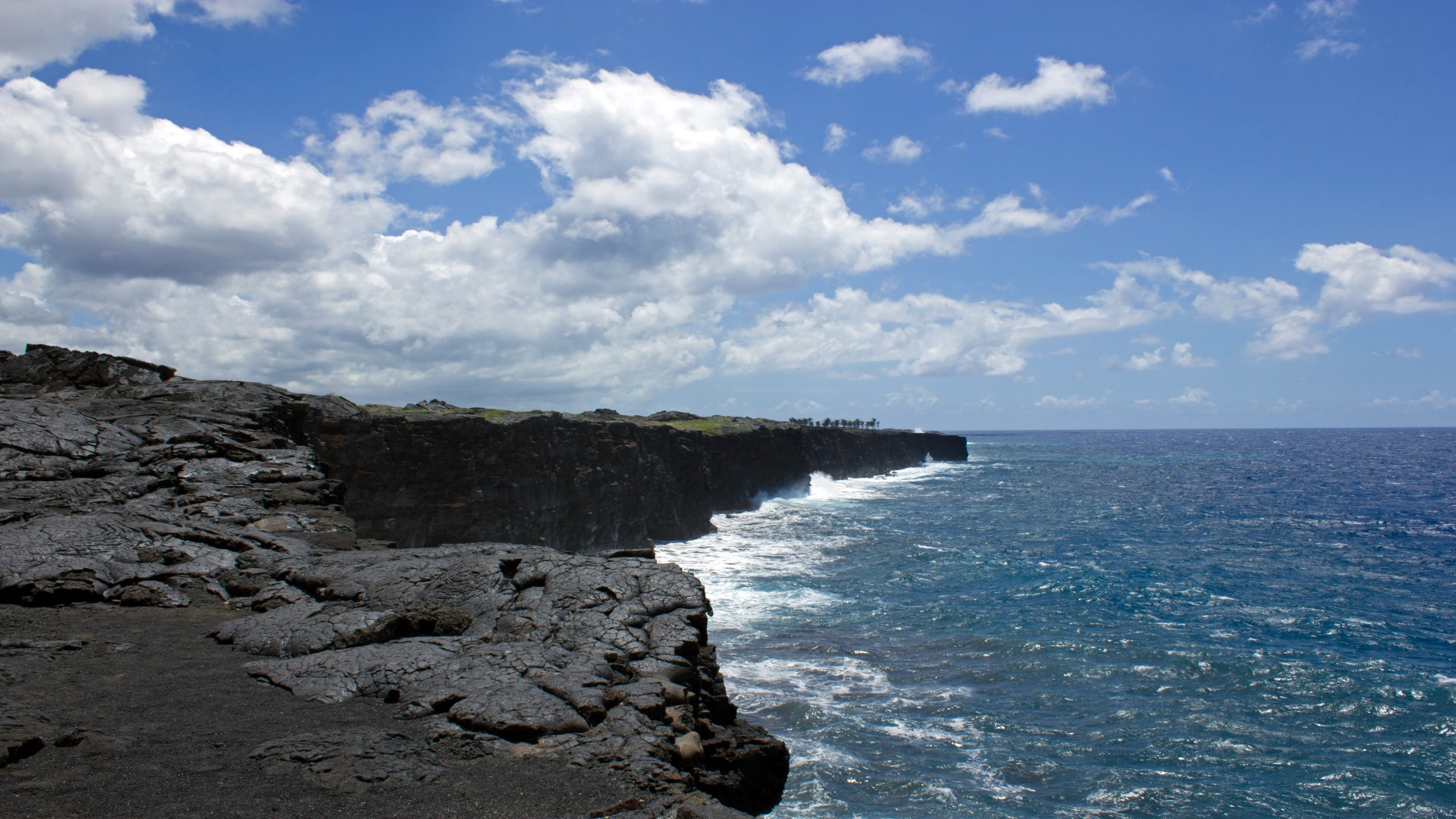America’s national parks serve as sanctuaries for native wildlife and plants, preserving biodiversity and natural heritage for future generations. However, these protected areas face a significant and growing threat: invasive species. These non-native organisms, introduced either accidentally or deliberately, are causing profound and sometimes irreversible changes to park ecosystems nationwide.
From the Everglades to Yellowstone, from Hawai’i Volcanoes to the Great Smoky Mountains, invasive species are altering habitats, displacing native species, and disrupting ecological processes that have evolved over millennia.
Understanding Invasive Species in National Parks
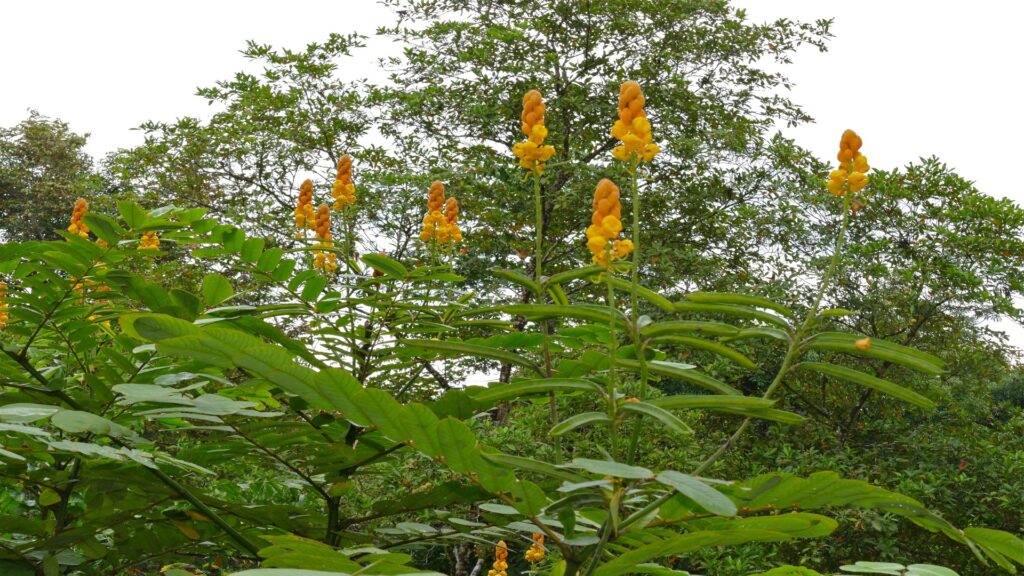
Invasive species are non-native organisms that, when introduced to new environments, establish themselves and spread unchecked, causing harm to native ecosystems, economies, or human health. In national parks, these invaders arrive through various pathways, including accidental transport by visitors, deliberate introductions for agriculture or ornamental purposes, or gradual expansion from surrounding areas. Unlike their home ecosystems, where natural predators, diseases, and competitors keep them in check, invasive species often thrive in new environments without these limiting factors.
The National Park Service (NPS) currently manages more than 1,300 populations of invasive plants and animals across 229 national park units, spending millions annually on control efforts. These biological invasions represent one of the most serious threats to the ecological integrity and biodiversity of America’s most treasured landscapes.
The Ecological Mechanisms of Invasion
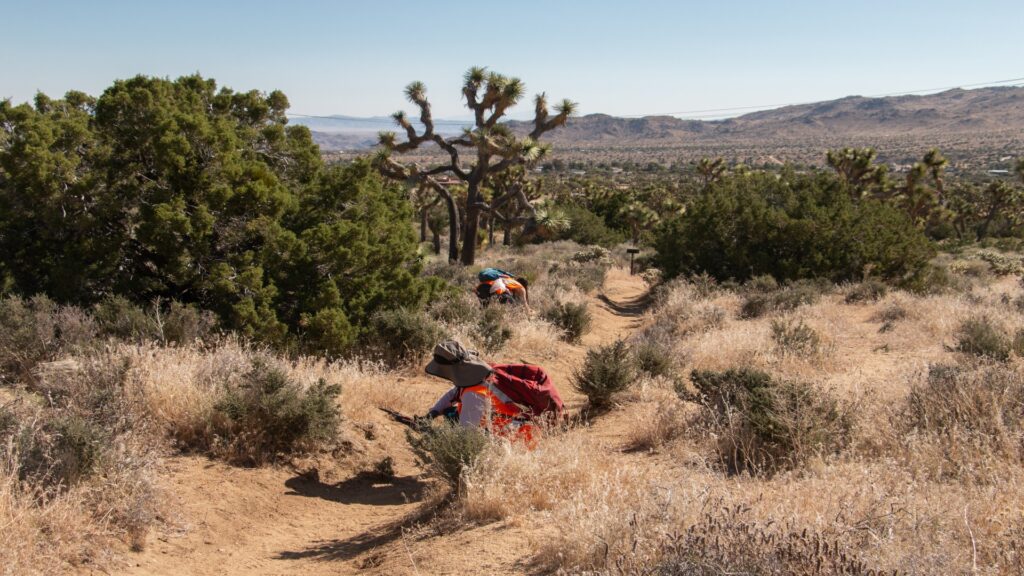
Invasive species disrupt ecosystems through several mechanisms that give them competitive advantages over native species. Many successful invaders exhibit rapid reproduction rates, efficient resource utilization, and adaptability to various environmental conditions. Some release chemicals that inhibit the growth of competing plants, a process known as allelopathy, while others modify soil chemistry to their benefit. Invasive predators often encounter prey species that lack evolutionary defenses against them, leading to devastating population declines.
The absence of natural enemies—predators, parasites, and diseases that would normally control their populations in their native ranges—allows invasive species to reach unnaturally high densities. These ecological advantages create cascading effects throughout food webs and ecosystem processes, fundamentally altering how national park ecosystems function and often reducing their overall biodiversity and resilience.
Aquatic Invaders Transform Park Waterways
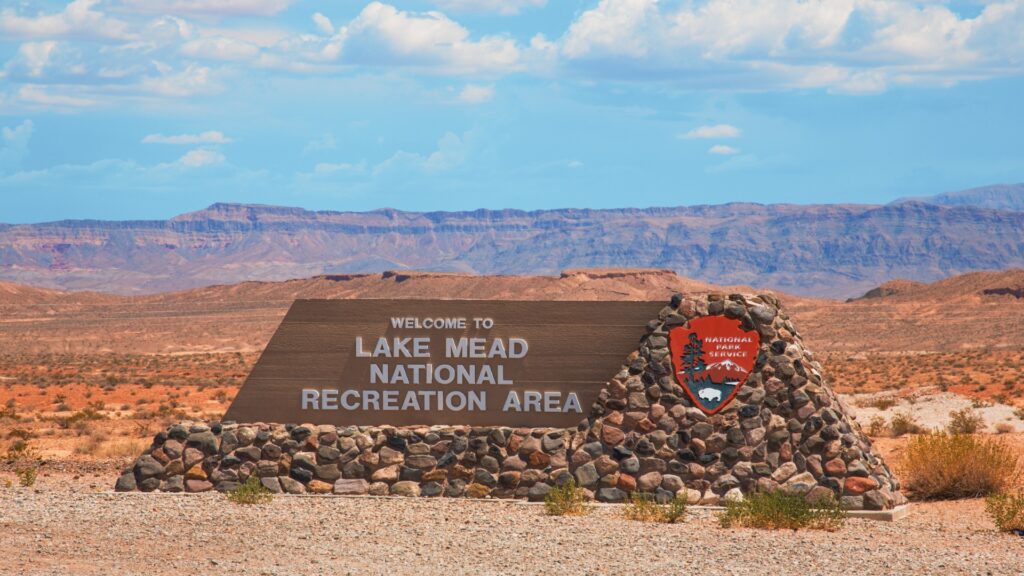
National park waterways face severe threats from invasive aquatic species that transform underwater ecosystems. In Yellowstone National Park, the introduction of non-native lake trout to Yellowstone Lake has decimated the native cutthroat trout population, reducing it by approximately 90% and affecting at least 40 other species that depend on cutthroat trout for food.
Quagga and zebra mussels, microscopic in their larval stage and easily transported in boat bilge water, have invaded Lake Mead National Recreation Area, where they filter vast quantities of water, removing plankton that supports native fish while attaching to and damaging underwater infrastructure.
In the Everglades, the invasive island apple snail outcompetes native apple snails while harboring a parasite that can cause meningitis in humans. Many invasive aquatic plants, like hydrilla and water hyacinth, form dense mats that choke waterways, reduce oxygen levels, block sunlight from reaching native submerged plants, and impede recreation in parks from the Great Lakes to Florida.
Mammalian Invaders Reshape Park Landscapes
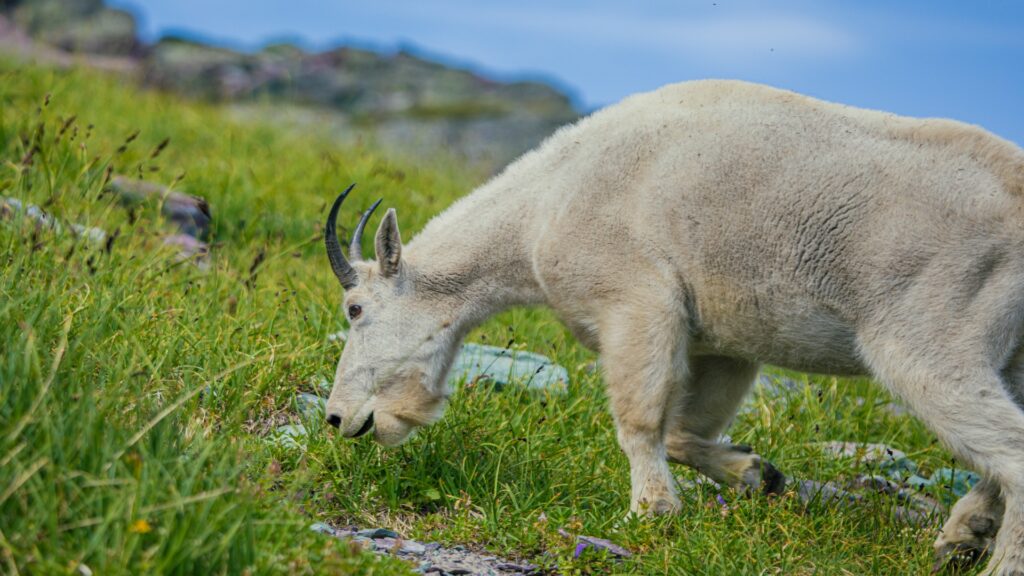
Large mammalian invaders can dramatically reshape park landscapes through their feeding, rooting, and nesting behaviors. Feral hogs, descendants of domestic pigs introduced by European settlers and escaped modern swine, now roam in more than 40 national park units, including Great Smoky Mountains and Big Thicket National Preserve.
These intelligent omnivores uproot vegetation while searching for food, creating soil disturbance that facilitates further invasion by non-native plants while damaging fragile habitats and archaeological resources. At Channel Islands National Park, introduced pigs facilitated a complex ecological cascade by attracting non-native golden eagles, which then preyed on the endangered island fox, nearly driving it to extinction before a successful intervention program.
Mountain goats, though beloved by many visitors in Olympic National Park, are not native to the Olympic Peninsula and damage endemic alpine plants found nowhere else in the world through their grazing and trampling. The NPS has undertaken controversial but ecologically necessary removal programs for many of these mammals to protect the native species and ecological processes for which the parks were established.
Invasive Plants Transform Native Landscapes
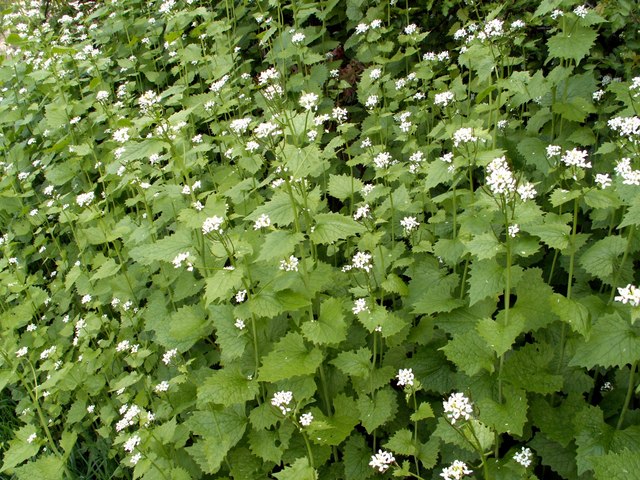
Invasive plants represent the most widespread biological invaders in national parks, with over 5,000 non-native plant species documented throughout the National Park System. In Shenandoah National Park, the emerald-green garlic mustard releases chemicals that inhibit the growth of native plants and disrupt beneficial relationships between native trees and soil fungi.
Across the southwestern parks, tamarisk (salt cedar) trees consume excessive water, increase soil salinity, and choke riverside habitats that once supported diverse native vegetation. The fast-growing kudzu vine, famously known as “the vine that ate the South,” can grow up to a foot per day and now smothers native vegetation in Great Smoky Mountains National Park and other eastern parks.
Perhaps most alarming is cheatgrass, an annual grass that has transformed vast areas of the Great Basin and parks like Zion and Capitol Reef by creating a continuous carpet of highly flammable fuel that increases fire frequency and intensity, ultimately converting diverse shrublands into near-monocultures of this invasive grass in a self-reinforcing cycle.
Hawai’i: A Case Study in Invasion Vulnerability

The Hawaiian Islands, home to seven national park units including Hawai’i Volcanoes and Haleakalā, demonstrate the extreme vulnerability of isolated island ecosystems to invasive species. Having evolved in isolation for millions of years, Hawaiian native species lack many defenses against continental competitors and predators. Invasive mosquitoes, absent from the islands until the 1800s, transmit avian malaria to native birds that have no natural resistance, driving many species to extinction or restricting them to high-elevation refuges above the mosquito line.
Miconia, a South American tree with massive leaves that block sunlight from reaching the forest floor, threatens to eliminate native understory plants in Hawaiian rainforests, while its shallow roots contribute to landslides and erosion. Hawai’i Volcanoes National Park battles over 200 invasive plant species, including strawberry guava, which forms impenetrable thickets that exclude native vegetation, and fountain grass, which introduces wildfire to Hawaiian ecosystems that did not evolve with frequent fire.
The case of Hawai’i illustrates how invasive species can fundamentally transform entire ecosystems, potentially causing extinction of species found nowhere else on Earth.
Climate Change Amplifies Invasion Impacts
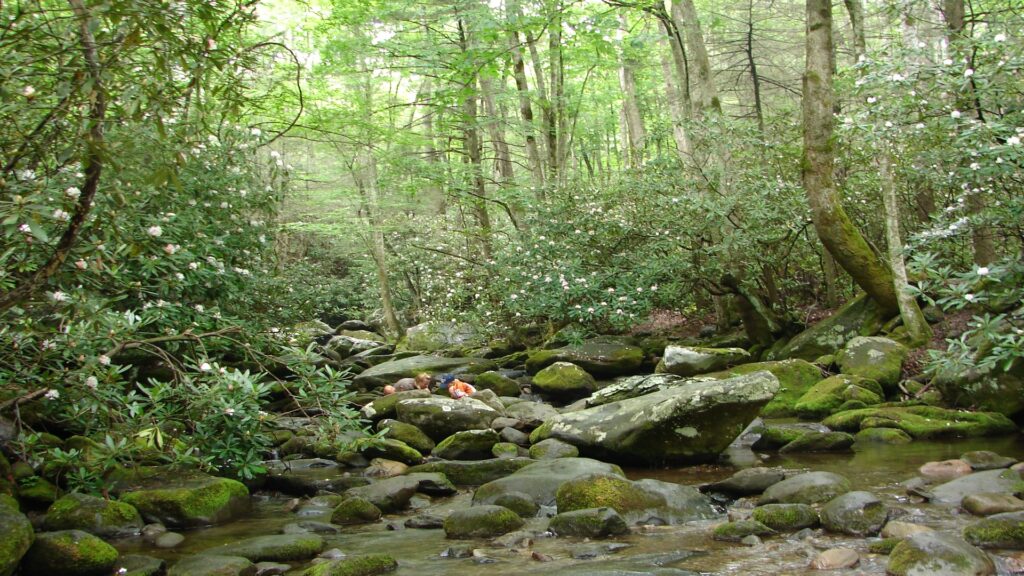
Climate change and invasive species represent a dangerous ecological synergy that threatens national park ecosystems nationwide. As temperature and precipitation patterns shift, some native species struggle to adapt, while many invasive species, already selected for adaptability, thrive under the new conditions. Warming temperatures allow some invasive species to expand their ranges into parks previously protected by cold conditions, as seen with the hemlock woolly adelgid, an invasive insect now threatening ancient hemlock forests in Great Smoky Mountains National Park as winters become milder. Increased drought stress weakens native plants’ competitive abilities against drought-tolerant invaders like cheatgrass and buffelgrass.
In Glacier National Park, retreating glaciers create newly exposed terrain that invasive plants colonize more quickly than slower-growing native alpine species. The increasing frequency and intensity of disturbances linked to climate change—including wildfires, floods, and storms—create opportunities for invasive species to establish themselves in disturbed areas before native communities can recover. This climate-invasion feedback loop represents one of the most significant challenges to long-term conservation efforts in national parks.
Economic Impacts of Park Invasions
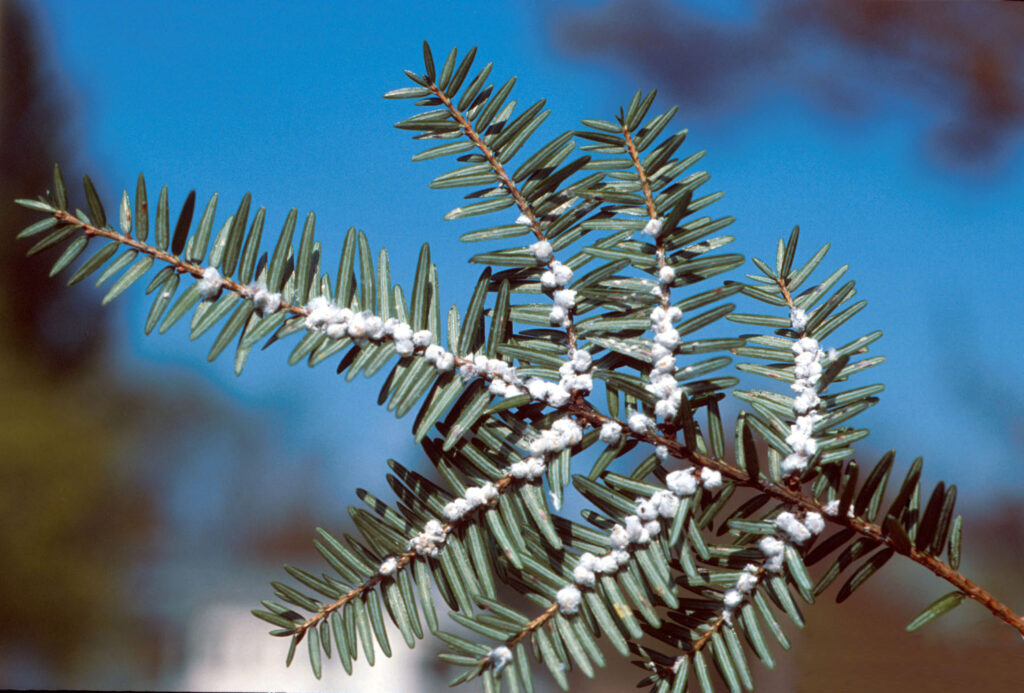
Beyond their ecological effects, invasive species impose substantial economic costs on the National Park Service and surrounding communities. The NPS spends approximately $80 million annually on invasive species management, diverting resources from other conservation priorities and visitor services. Individual parks like Everglades National Park allocate millions to control invasive Burmese pythons, while Great Smoky Mountains National Park has spent over $3.5 million treating hemlock forests against the woolly adelgid. These direct management costs represent only a fraction of the total economic impact, which includes reduced tourism revenue when invasive species degrade scenic views, fishing opportunities, or hiking experiences.
Communities surrounding western parks face increased wildfire risks from invasive grasses that increase fire frequency, while those near water-based parks may experience reduced water quality or quantity due to aquatic invaders. Agricultural operations near parks can suffer from invasive species that spread from park boundaries, creating tensions between conservation and economic interests. The total economic impact of invasive species in and around national parks is estimated to exceed $1 billion annually, a burden ultimately borne by taxpayers and local economies.
Detection and Early Response Strategies
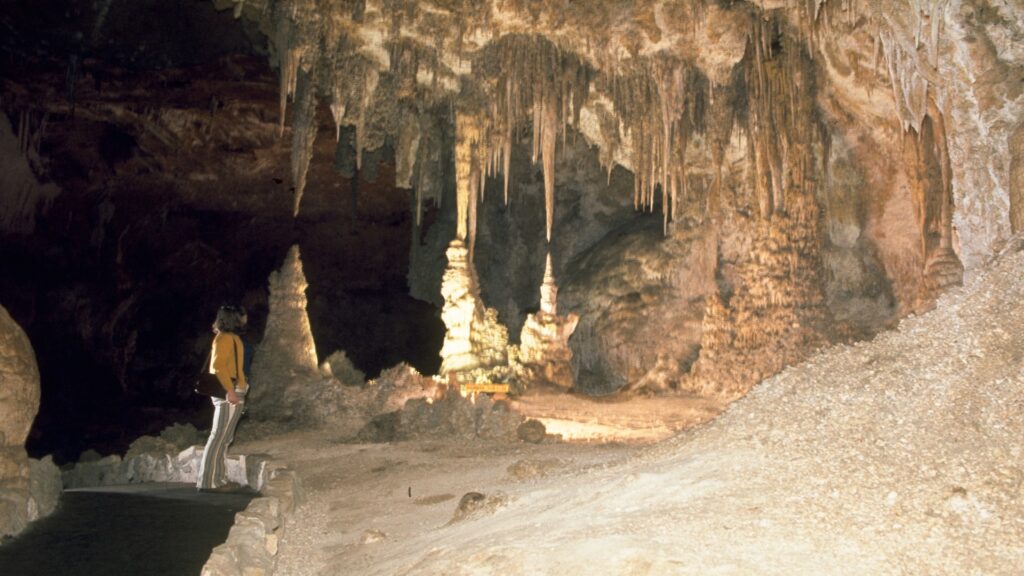
Preventing new invasions represents the most cost-effective approach to invasive species management, making early detection and rapid response (EDRR) systems critical for national park protection. The National Park Service has implemented sophisticated surveillance networks that combine traditional field surveys with emerging technologies like environmental DNA (eDNA) sampling, which can detect traces of invasive organisms in water or soil before they become visibly established. Citizen science initiatives like the Invasive Plant Atlas of the United States engage park visitors in identifying and reporting suspicious species through smartphone applications, extending the monitoring capacity beyond what staff resources alone could achieve.
When new invasions are detected, incident command systems modeled after those used in wildfire response coordinate rapid interventions before populations become established. The successful eradication of invasive mountain goats from Carlsbad Caverns National Park demonstrated the effectiveness of early detection and prompt removal, while the ongoing battle against quagga mussels in Lake Mead illustrates the immense challenges posed when early detection opportunities are missed. By investing in EDRR capabilities, the National Park Service aims to prevent new biological invasions before they require the massive control efforts needed for established invaders.
Control Techniques: From Machetes to Molecules
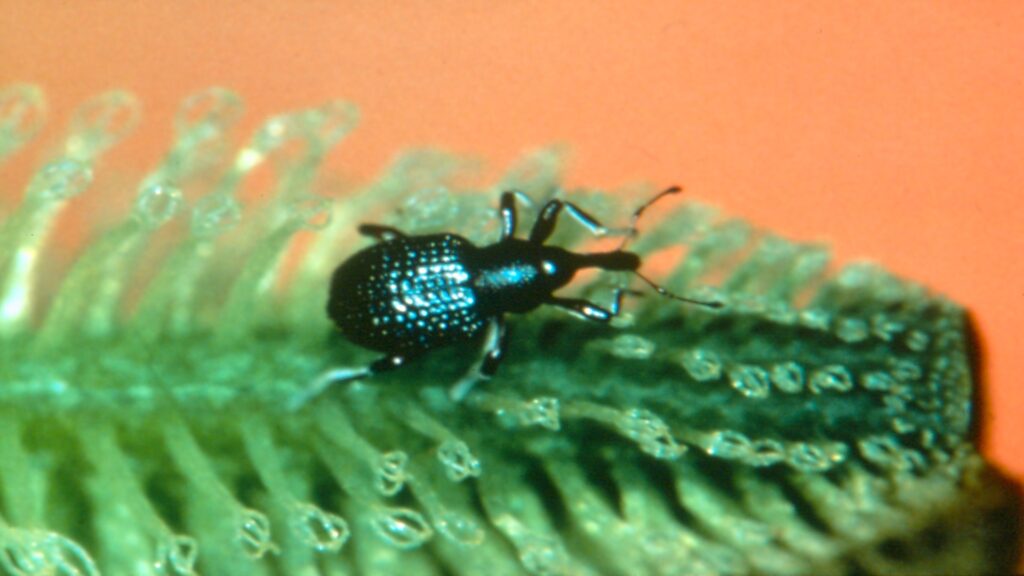
Managing established invasive species requires a diverse toolkit of control techniques adapted to each invader and ecosystem context. Physical removal methods range from hand-pulling invasive plants in sensitive areas to using heavy equipment for large-scale removal of dense infestations, with parks like Saguaro employing thousands of volunteer hours annually for manual buffelgrass removal. Chemical controls include targeted herbicides and pesticides applied with precision to minimize impacts on non-target species, though concerns about environmental persistence and resistance development limit their application in sensitive park ecosystems.
Biological control—introducing natural enemies from an invasive species’ native range—offers sustainable long-term management when successful, as demonstrated by the use of Salvinia weevils to control giant salvinia at Jean Lafitte National Historical Park. Innovative techniques like genetic biocontrol, which could potentially suppress invasive populations through introduced genetic modifications, remain experimental but offer future possibilities for seemingly intractable invasions. Most successful invasive species management programs implement integrated pest management (IPM) approaches that combine multiple techniques while minimizing ecological disruption.
Despite these varied tools, complete eradication of established invasive species from large national parks remains extremely difficult, with most management efforts focusing on containment and impact reduction rather than elimination.
Prevention: The Front Line of Defense
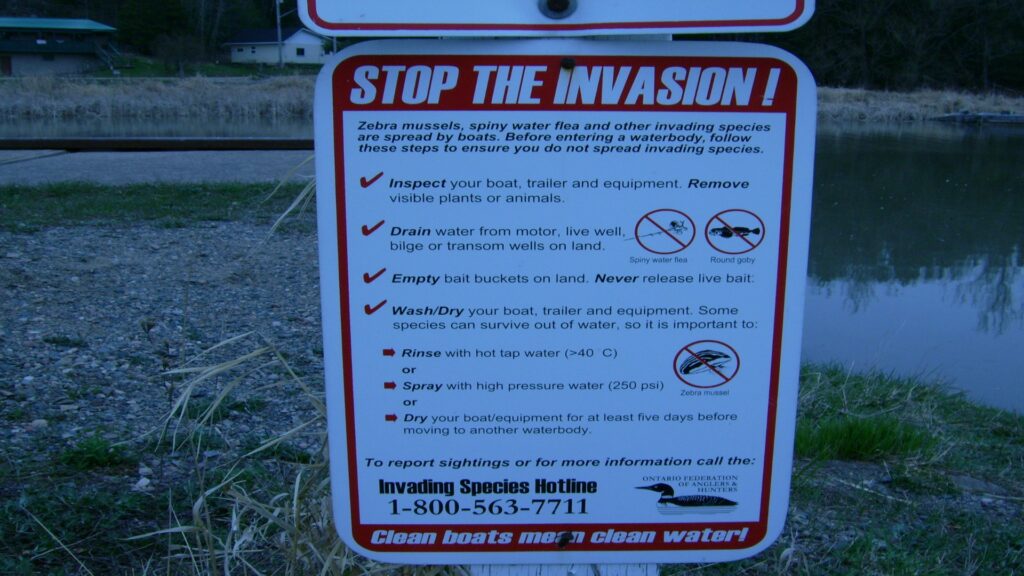
Given the difficulty and expense of controlling established invasions, the National Park Service increasingly emphasizes prevention as its primary strategy. Border inspection stations at parks like Yellowstone check boats for invasive aquatic hitchhikers before they enter park waters, while boot cleaning stations at trailheads in many parks help visitors remove invasive plant seeds from their footwear. Public education campaigns with messages like “Don’t Move Firewood” and “Clean, Drain, Dry” teach visitors how their actions can prevent new introductions, with signs, brochures, and ranger programs explaining the ecological stakes.
The National Park Service collaborates with surrounding land managers through Cooperative Invasive Species Management Areas (CISMAs) to coordinate prevention efforts across jurisdictional boundaries, recognizing that invasive species don’t respect property lines. Regulatory approaches complement these efforts, with some parks implementing mandatory boat inspections and prohibitions on bringing certain high-risk materials into park boundaries.
By fostering a prevention-minded culture among staff, partners, and the public, the National Park Service aims to protect the ecological integrity of parks from future invasions while continuing to address those already established.
Restoration: Healing Invaded Ecosystems
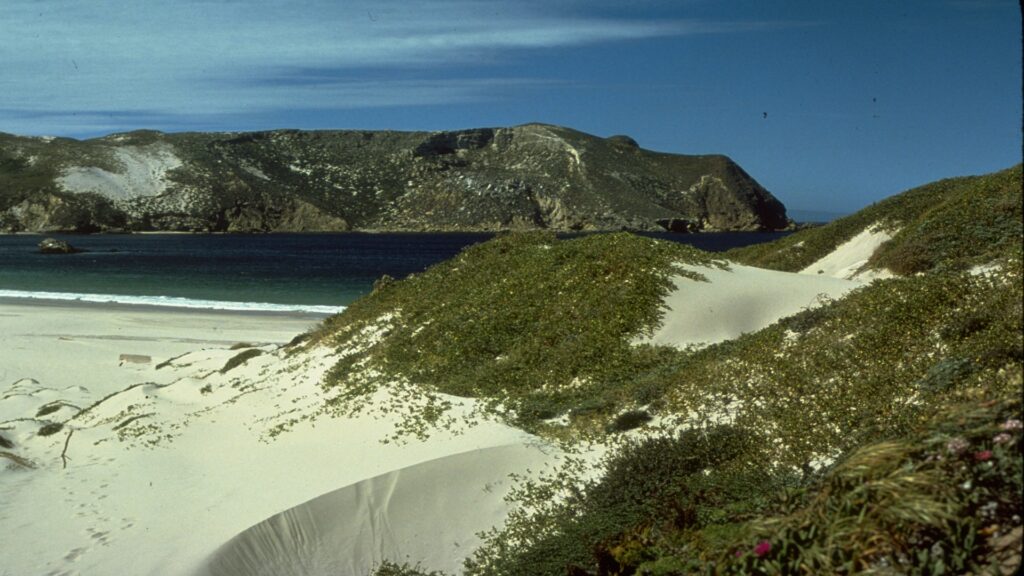
Invasive species removal alone often proves insufficient for ecosystem recovery, necessitating active restoration efforts to reestablish native communities and ecological functions. After removing invasive tamarisk trees along rivers in southwestern parks, the National Park Service implements revegetation projects using native cottonwoods, willows, and other riparian species propagated in park nurseries from locally collected seeds.
In Channel Islands National Park, following the removal of introduced herbivores that had devastated native vegetation for decades, restoration specialists replant endemic island plants while carefully excluding invasive species that might take advantage of the disturbed conditions. Prescribed fire plays a crucial role in many restoration projects, helping to reset ecological conditions to favor fire-adapted native species over invasive ones in parks like Sequoia and Kings Canyon.
Restoration efforts often involve complex food web considerations, as demonstrated in the Channel Islands, where recovering the endangered island fox required not only removing non-native pigs but also relocating golden eagles and reintroducing bald eagles to reestablish historical ecological relationships. Though expensive and time-consuming, ecological restoration represents a crucial investment in the long-term health and resilience of national park ecosystems recovering from invasive species impacts.
The Visitor’s Role in Protection and Stewardship

The National Park Service’s 300 million annual visitors represent both a risk factor for new invasions and a powerful force for conservation when properly engaged. Visitors can inadvertently transport invasive species on vehicles, camping equipment, fishing gear, hiking boots, and even clothing, potentially introducing harmful organisms to previously uninvaded areas.
However, informed visitors become essential partners in protection efforts by taking preventive actions like cleaning gear between parks, staying on designated trails, not transporting firewood, inspecting boats before launching, and never releasing plants or animals in parks. Volunteer programs convert visitor energy into conservation action, with thousands participating in invasive plant removal events at parks like Golden Gate National Recreation Area and Shenandoah.
Citizen science initiatives engage visitors in monitoring for new invasions, with smartphone applications allowing real-time reporting of suspicious species sightings to park managers. By fostering a conservation ethic that recognizes invasive species threats, the National Park Service transforms visitors from potential vectors into informed stewards who carry protection messages back to their communities. This visitor engagement represents a crucial amplification of the agency’s limited resources in the ongoing battle against biological invasions.
Future Directions in Invasive Species Management
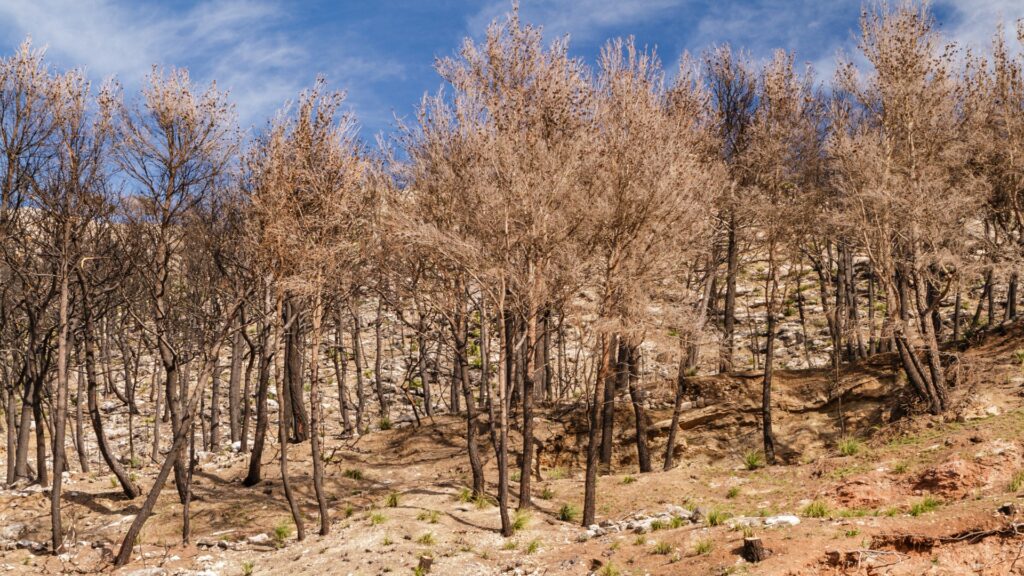
The future of invasive species management in national parks will likely combine technological innovation with strategic prioritization in an era of limited resources and escalating threats. Emerging technologies like environmental DNA monitoring, remote sensing, and precision herbicide application using drones offer new capabilities for detecting and controlling invasions across vast park landscapes. Genetic techniques, including gene drives and CRISPR editing, may eventually provide tools for suppressing invasive populations that have proven impossible to control with conventional methods, though ethical and ecological concerns require careful evaluation before deployment.
Climate forecasting models help park managers anticipate which invasive species may threaten particular parks in the future, allowing proactive monitoring and early intervention. The National Park Service increasingly employs structured decision-making frameworks that objectively evaluate which invasive species to prioritize for control based on their ecological impact, feasibility of management, and cost-effectiveness.
As invasive species and climate change continue transforming park ecosystems, management philosophies are evolving from strictly preservationist approaches toward managing for ecological function and resilience. This shift acknowledges that while we cannot prevent all changes to national park ecosystems, strategic management can preserve their essential ecological and cultural values for future generations.
Conclusion
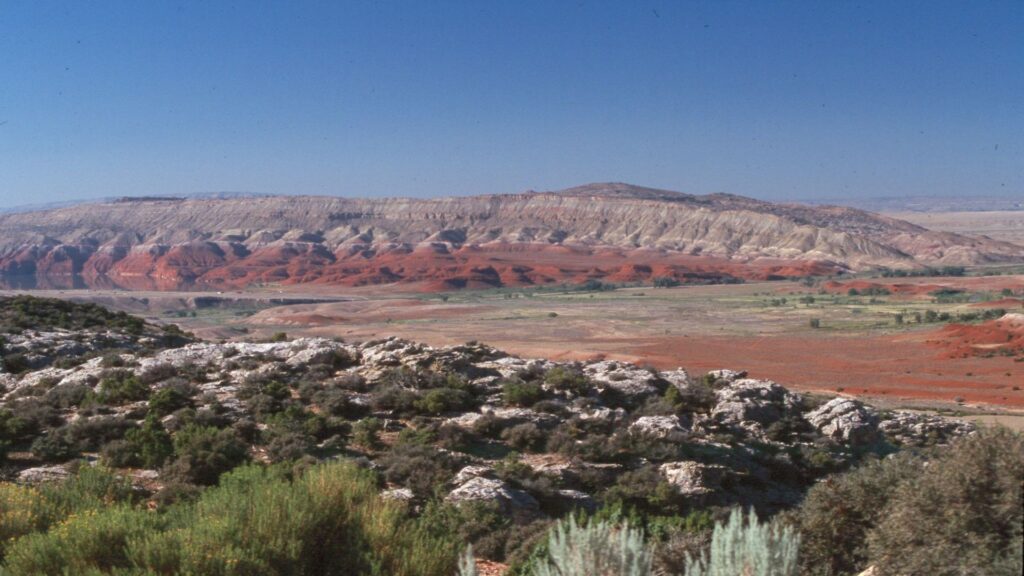
Invasive species represent one of the most significant threats to the ecological integrity of America’s national parks, transforming aquatic and terrestrial ecosystems alike through complex ecological mechanisms. From Burmese pythons in the Everglades to cheatgrass in the Great Basin, these biological invaders disrupt native communities and the ecological processes upon which they depend.
The challenges are magnified by climate change, which creates new opportunities for invasion while complicating management efforts. Despite these daunting challenges, the National Park Service continues developing more effective detection, prevention, and control strategies while engaging visitors as partners in protection.
Through these collaborative efforts, there remains hope that the unique biodiversity and ecological heritage preserved in our national parks can be safeguarded for future generations. By fostering public awareness, investing in science-based management, and strengthening partnerships across agencies and communities, we can mitigate the impacts of invasive species and build resilience in these treasured landscapes. The continued commitment to stewardship will determine whether these ecosystems can thrive in the face of growing environmental pressures.

